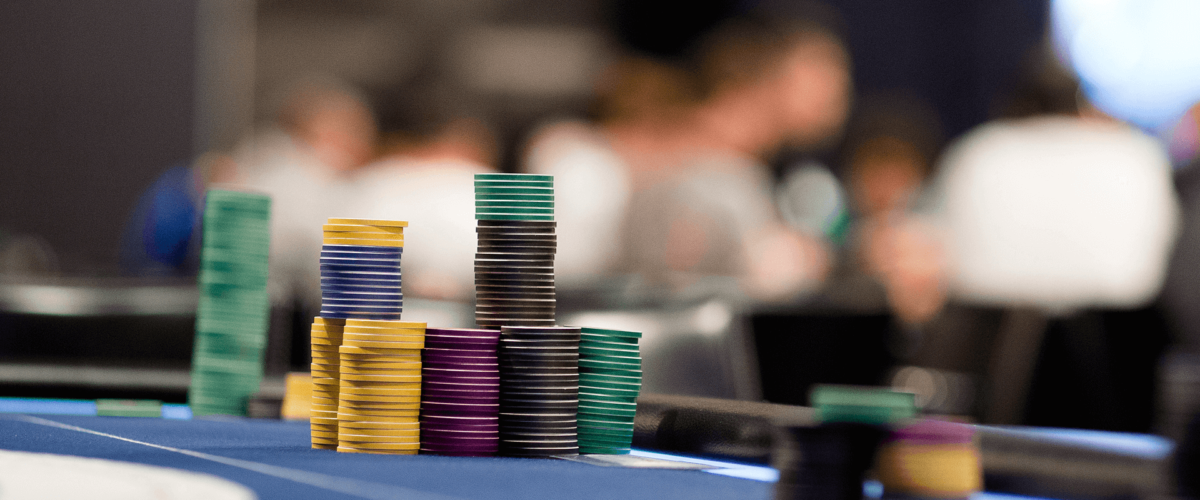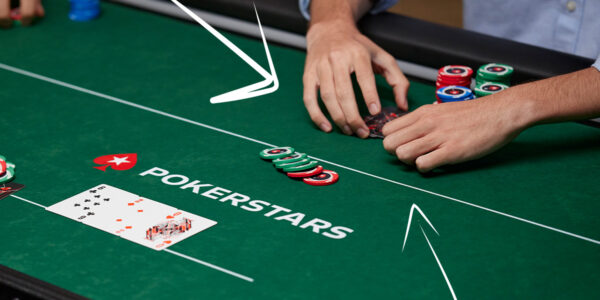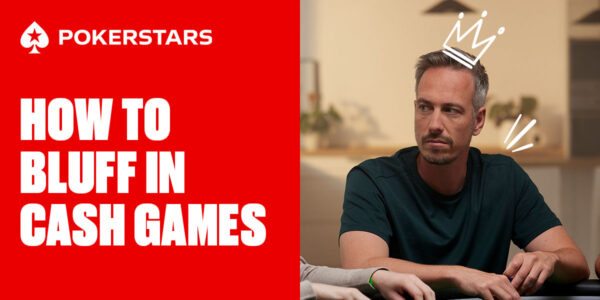Considering if Betting Smaller is Better
Deciding whether or not to bet is often such a taxing decision that bet-sizing gets entirely neglected. One of the biggest factors that allows my students to progress through the stakes is a more accurate grasp on bet-sizing, and in particular when to use abnormally small or large bets. Today, we shall start with the small.
Block Betting the River
There are times when we arrive at a river decision point with a hand that cannot bet very large, but also does not want to check and call a larger bet. Sometimes, the best play in spots like this is to bet something very small such as 25-33% of the pot. Let’s take an example:
Hero calls a BU open from the BB and the flop comes J♦ 8♦ 6♠ . Hero checks and Villain c-bets one third of the pot – an action he may take with a lot of different hands in this situation. Hero calls. The turn brings the 5♥ and both players check. The river brings the 2♣ . What have we learned about our opponent’s range
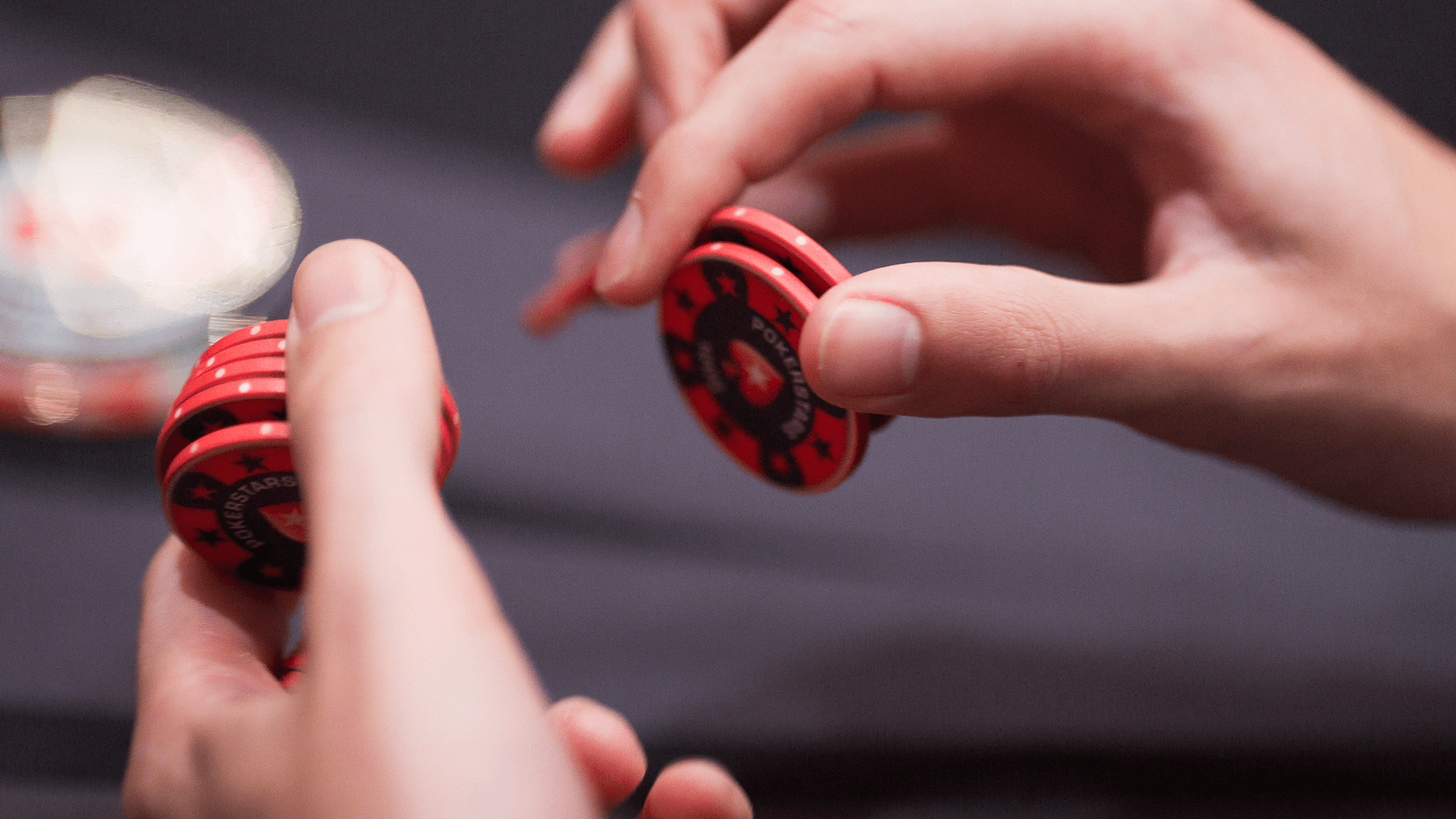

Firstly, he is very unlikely to hold a strong hand. Betting the turn is practically mandatory in position with a nutted holding as missing out on a street of pot-building is far too costly. Secondly, Villain probably has quite a lot of hands in his range that have some kind of marginal showdown and are checking back the turn to move closer to a cheap showdown.
When we hold a part of our range such as 9♣ 8♣ , we can confidently expect to be winning against a large part of our villain’s range. The trouble is that if we check, his weaker made hands like 7♥ 6♥ and A♠ K♦ are likely to check behind for a free showdown. Another problem with us checking a hand like 9♣ 8♣ is that when Villain has rivered a strong hand, or was pot controlling a stronger hand on the turn like 99-TT or better 8x, we are going to have to check/call a bigger bet than we would like. The small bet often know as a ‘block’ in this situation is a very sensible solution to these problems. By betting 33% of the pot here, we will force Villain to call with weaker hands due to his pot odds and ensure that we make some money from worse 8x, 6x, 5x, 2x, underpairs to the 8 and some Ace-High. We also lose a smaller bet than we might by checking and then calling vs. his better hands.
Inducing vs. Aggressive Opponents
If Villain is the type of player not to pay-off lightly but to want to apply lots of pressure and bully people out of pots, then the small bet can be a useful way of causing him to bloat pots with a weak range. Let’s say that we are playing against an opponent who is overly aggressive and does not fold much pre-flop. We 3-Bet from the SB with 10♦ 10♠ against his CO open. Villain calls and on the flop of 4♣ 4♥ 2♠ , we pause to consider our options. Villain’s range is very weak and air-heavy on a flop on which it is impossible to connect frequently. If we make a big bet here, it is unlikely that we will get action from many hands. If we check, we might induce some aggression, but our check looks somewhat unexpected and perhaps suspicious to some players. Our range will want to bet very often here, so it might raise some eyebrows. The other danger with checking is that we will not protect our hand one bit from all of the overcards in Villain’s range. If he does smell a rat and checks behind, he will be realising far too much free equity for our liking.
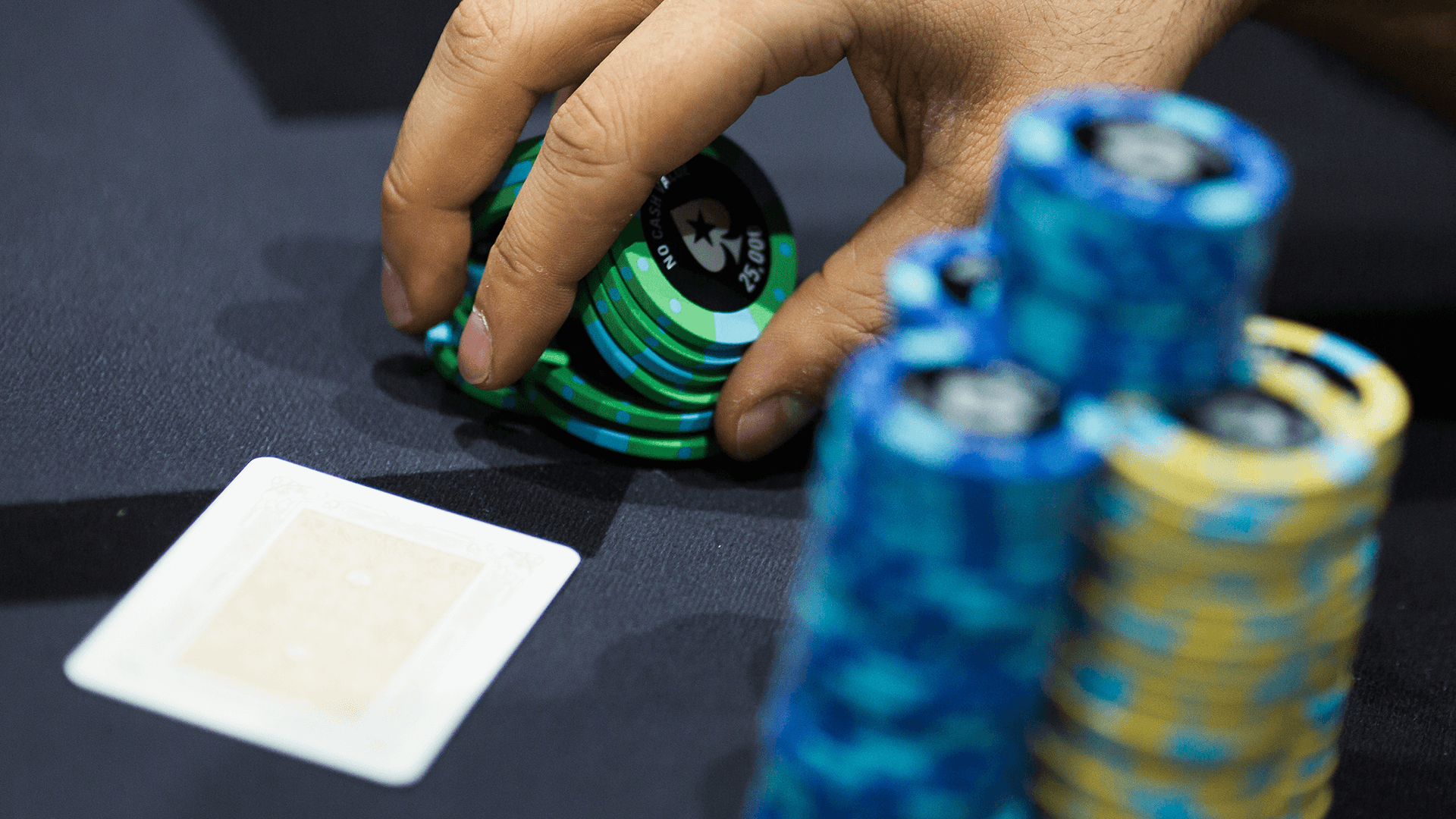

Again, a sensible way of getting around these problems is the small bet. I would use a sizing of about 33% pot in this case. If Villain does not bite and folds, then at least we have protected our hand from random overcards. If he does bite and raises, then we will have just made a very bad raise against our hand.
Awful Hand vs. Bad Hands
Sometimes, we make it to the river with a holding that can virtually never win by checking in a spot where our opponent is likely to have some weak hands like missed draws that are still strong enough to beat our nothing.
Imagine that we call flop and turn bets in position with 8♠ 6♠ on 10♠ 4♠ 2♥ 2♣ 3♥ and Villain checks the river. Of course, some of Villain’s range is planning on check/calling and catching our bluffs, but a lot of it will be similar hands to ours that were bluffing flop and turn and now giving up. A nice way of getting hands like Q♠ J♠ and A♠ 7♠ to fold while keeping the price down against hands that are never folding to any bet-size is to again implement our one third-pot trick. Such a bet only needs to work 25% of the time to be equivalent to checking, which always loses the pot.
Conclusion
Think outside the box, you have a bet slider and the option to type in specific sizes so avoid thoughtlessly mashing the pot button. There are many other bet-sizes each with their own ideas and ambitions. We will cover them in future articles.


